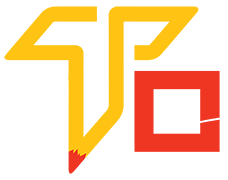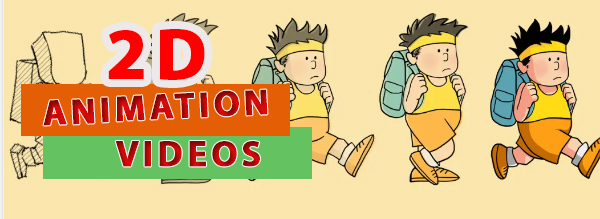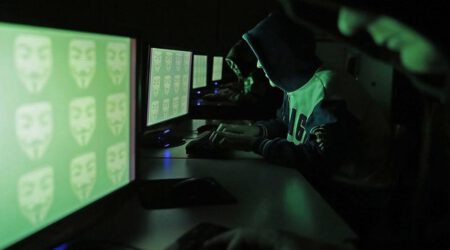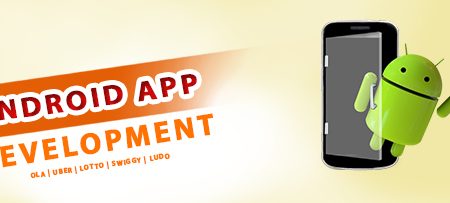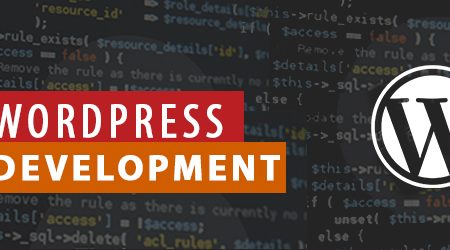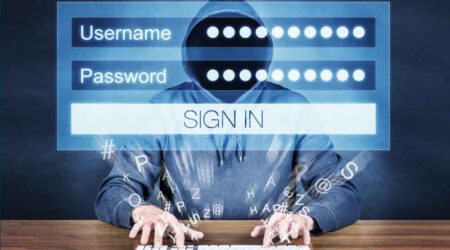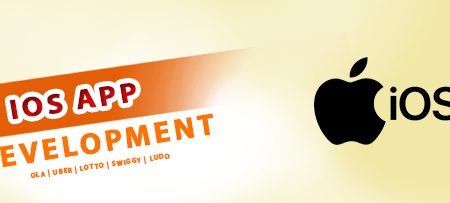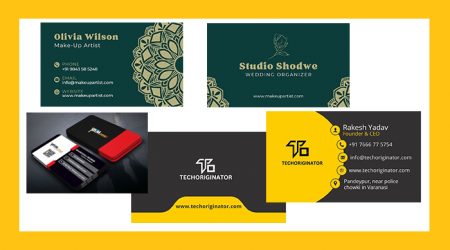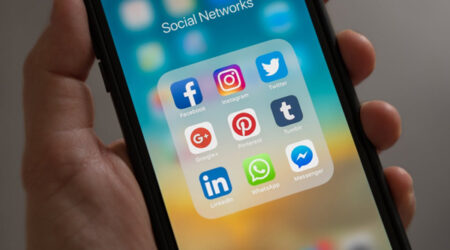2D Animation
2D Animation :
2D animation is a form of animation that creates the illusion of motion in a two-dimensional space. It involves creating a series of images, also known as frames, and displaying them in rapid succession to create the illusion of movement.
2D animation can be created using a variety of techniques, such as traditional hand-drawn animation, digital animation software, or a combination of both. The process typically involves creating a storyboard, designing characters and backgrounds, creating keyframes, and then animating the frames to create a cohesive animation.
2D animation can be used in a variety of ways, such as creating animated films, television shows, advertisements, explainer videos, and educational content. It is often used to create engaging and entertaining content that captures the attention of viewers and conveys a message or story in a visually appealing way.
Process of animation design :
- Content writing (script writing)
- Design story board
- Record voice & manage background music
- Design screens
- Animate screens
- merge everything properly and render
IN 2D ANIMATION THERE ARE 2 TYPES:-
1ST IS – WHITEBOARD ANIMATION
2ND IS – MOTION GRAPHICS
What is whiteboard animation?
Whiteboard animation is a particular type of explainer video and pretty much does what it says on the tin – images, diagrams and words are drawn onto a crisp, white background using a sharp, black marker pen. The blacks are accented with a red marker or other punchy colors that stand out against the black and white. The images illustrate a spoken voice-over script that can be heard above the animation. The drawings bring concepts to life in a highly visual way using instantly recognizable symbols and images to add to and reinforce the central messages of the script.
Whiteboard video animations aim to utilize several parts of our intelligences at once – auditory, visual, and to some degree kinesthetic, to hopefully cater to many different types of learners
Benefits of Whiteboards animation-
a. Encourage Student Engagement
b. Makes the Learning Process More Enjoyable
c. Internet Connectivity
d. Accommodates Different Learning Styles
e. Makes Lesson Revision More Convenient
Charges
In whiteboard animation
1. Screen design & animation 1o seconds- 1000rs
2. voice over 1o seconds – 1000rs
3. Content writing(script) 100 words – 500/-
What is motion graphics?
Motion graphics are a way to communicate with the viewer, and add depth to the story. Together with music and effective copy, they can give us a message. We use them to create ads, title sequences for movies, explainer videos, and to share information.
Charges :
1. Screen design & animation 1o seconds- 1000rs
2. voice over 1o seconds – 1000rs
3. Content writing(script) 100 words – 500/-
